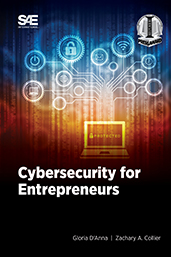Technical Paper
Evaluating Network Security Configuration (NSC) Practices in Vehicle-Related Android Applications
2024-04-09
2024-01-2881
Android applications have historically faced vulnerabilities to man-in-the-middle attacks due to insecure custom SSL/TLS certificate validation implementations. In response, Google introduced the Network Security Configuration (NSC) as a configuration-based solution to improve the security of certificate validation practices. NSC was initially developed to enhance the security of Android applications by providing developers with a framework to customize network security settings. However, recent studies have shown that it is often not being leveraged appropriately to enhance security. Motivated by the surge in vehicular connectivity and the corresponding impact on user security and data privacy, our research pivots to the domain of mobile applications for vehicles. As vehicles increasingly become repositories of personal data and integral nodes in the Internet of Things (IoT) ecosystem, ensuring their security moves beyond traditional issues to one of public safety and trust.






